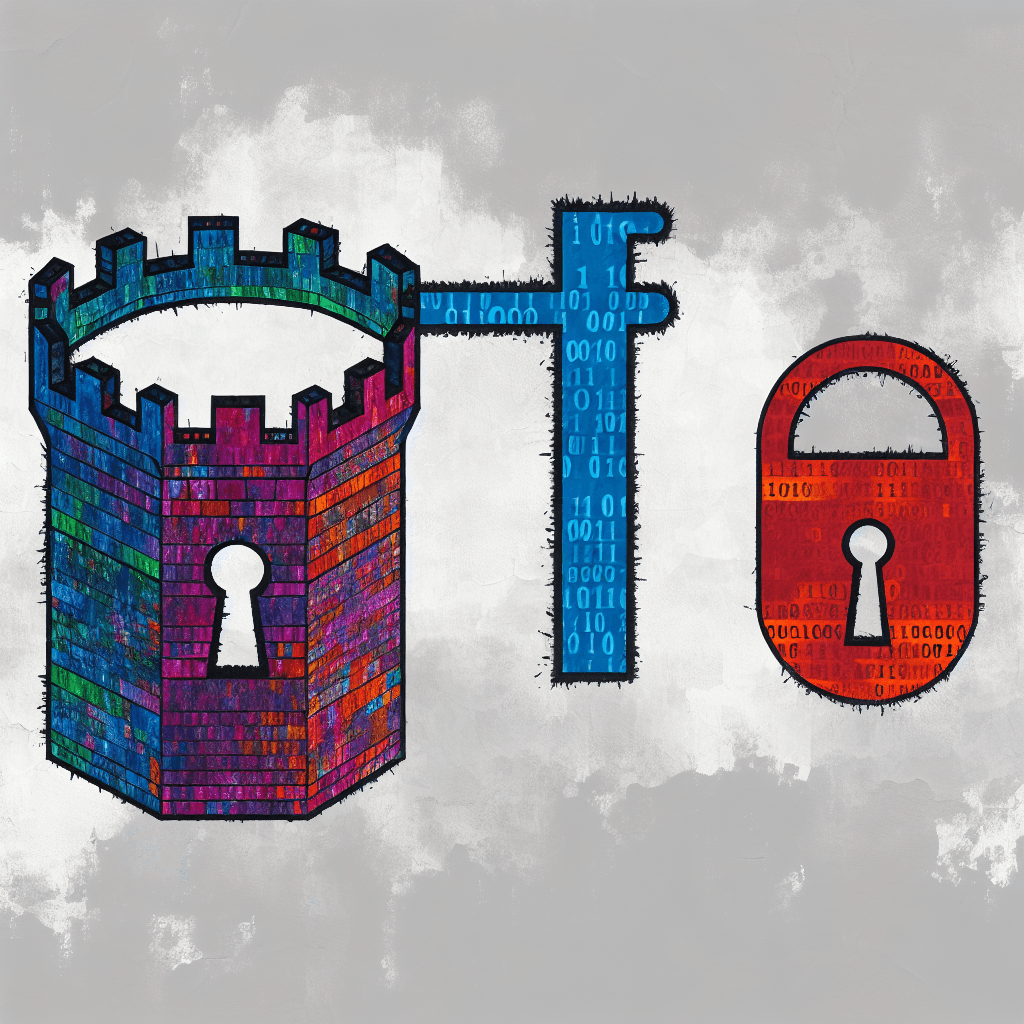A digital imitation crafted with alarming finesse. Just a few years ago, such a phenomenon seemed futuristic, relegated to the realm of science fiction. Yet, today it serves as a stark reality a reality that puts personal identities at risk and shows that we are on the brink of a new era in cybersecurity.
The issue is not just about the allure of seeing one’s likeness digitally resurrected. It’s about the consequences of that resurrection. Deepfakes can destroy reputations, manipulate political discourse, and instigate legal battles that are hard to navigate.
A growing number of states have passed laws aimed at regulating the use of this technology. They attempt to keep pace with innovations that far outstrip the sluggishness of legislative processes. The Deepfake Law now stands as a patchwork of different approaches, leaving identities exposed in this chaotic landscape. Citizens must understand not only what defines a deepfake but also how to protect themselves in its wake.
The Digital Doppelgänger Dilemma
This new brand of identity theft doesn’t require a thief lurking in the shadows. It can be executed from a cubicle, armed only with software and an internet connection. The emergence of deepfake technology—tapping into the wonders of artificial intelligence—poses an immediate threat to how we perceive reality. That freshly minted video of a confidant declaring some ludicrous idea may very well not be theirs at all. Instead, it might be an AI-generated simulacrum designed to ruin careers or sway elections.
Consider the plight of Julia, an ordinary citizen thrust into the digital nightmare. A deepfake surfaced online, depicting her in a scandalous light. The accusations spiraled over social media like wildfire. Despite her quick rebuttals, the damage lingered. Julia battled for her identity, for validation, as employers and friends questioned her integrity. Her experience serves as a cautionary tale of a future rife with uncertainty—a future where individuals must question not just the content they consume, but the very identities of those around them.
The Deepfake Law aims to combat this issue by criminalizing the malicious use of this technology, preserving a semblance of truth in an increasingly digitized world. Yet its effectiveness hinges on public awareness. If citizens remain oblivious to the reality of these digital drifters, laws will do little to protect them. Knowledge is power, and amid this disarray, understanding the law is as critical as the protective measures we need to adopt.
Navigating the Legal Labyrinth
As technology advances, so does the complexity of the law. The Deepfake Law varies significantly between jurisdictions, creating a fragmented landscape rather than a cohesive strategy for identity protection. Some states have adopted forward-thinking measures to preserve individual identities, while others lag behind, leaving their residents vulnerable. Imagine walking a tightrope without a safety net, balancing between one state’s robust defenses and another’s complete neglect.
Suppose you reside in California, where strict laws against deepfakes exist. You think you’re shielded from potential threats. Meanwhile, a friend visiting from a neighboring state lacks such protections entirely. This scenario underscores the importance of global awareness in a digital marketplace intent on transcending borders. Alex knows that the solutions must evolve beyond state lines, necessitating federal legislation to unify protections against this growing menace.
Moreover, organizations must cultivate cultures of awareness that empower their employees to spot deepfake individuals or content before it spirals out of control. Companies should implement regular training sessions that explore both technical defenses and the emotional ramifications of identity theft. Without this holistic approach, a simple, seemingly harmless video may unravel someone’s entire life.
Strengthening Identity in a Digital Era
As identities become battlegrounds in the digital realm, individuals cannot afford to remain passive observers. They must educate themselves about deepfake technology while also advocating for stronger regulations that protect their rights. Navigating the complex landscape of the Deepfake Law requires a proactive stance; understanding your rights and the legal repercussions of using deepfake technology is crucial.
In an age where one raised finger on a keyboard can distort perceptions and redefine lives, it becomes paramount that we arm ourselves with knowledge and vigilance. The digital mirrors reflecting our images may seem harmless, but they can warp reality and fracture trust. To protect your identity means more than just safeguarding personal data; it involves maintaining a sense of truth within an ocean of misinformation.
The challenge lies ahead, but it starts with awareness and action. As we face a future woven with advanced technologies, let us not forget the simple human right to identity and the necessity of defending it. This new frontier demands our courage and commitment, reminding us that the sanctity of our identities must remain intact—within the digital world and beyond.
Protecting Identities Amidst Deepfake Legislation
Preparing a comprehensive information security strategy is like drafting a business plan—grounded, goal-aligned, and resilient.
Some essential points to remember:
- Implement comprehensive training programs for employees to recognize deepfakes and the associated risks.
- Create a robust incident response plan specifically addressing deepfake-related threats to reputation and trust.
- Advocate for federal legislation that standardizes protections against deepfakes across states.
- Regularly update technology and security protocols to detect and mitigate deepfake content effectively.
The emergence of deepfake technology poses significant material risks to businesses, including reputational damage, legal liabilities, and erosion of trust among clients and stakeholders. Maliciously created deepfakes can distort perceptions of brand integrity, leading to lost revenue and a diminished market position. Additionally, organizations may face complex legal challenges as jurisdictions grapple with the inadequacies of existing laws, potentially creating vulnerabilities that can be exploited and harm operational sustainability.
Navigating Cyber Threats for Sustainable Growth remains a priority. Organizations must embrace proactive measures that fortify their digital landscape in this rapidly evolving technological arena. Educating individuals, advocating for cohesive regulations, and adapting to these new realities solidifies a foundation for resilience, ensuring that identity remains safeguarded as a cornerstone of business integrity amidst the chaos of digital innovation.
From the Author
As attacks grow, adopt collective defense as normal practice, not exception.
Stay Up to Date
Try free InfoSec tools: Trend Micro Tools.
I like to write abou: deepfake technology, identity theft, digital manipulation, cybersecurity regulations, AI-generated content
I strive to share stories like this one to inspire and inform my readers. If you enjoyed this piece, I encourage you to explore more in the Information and Communication Technology (ICT) or Space and Astronomy.
Looking for additional insights? Don’t miss the Cybersecurity section for more expert thoughts.







